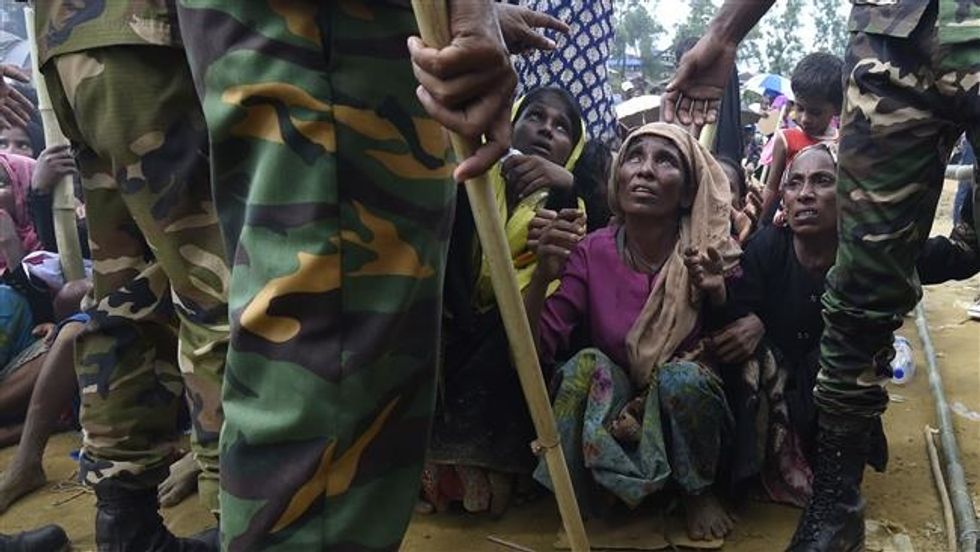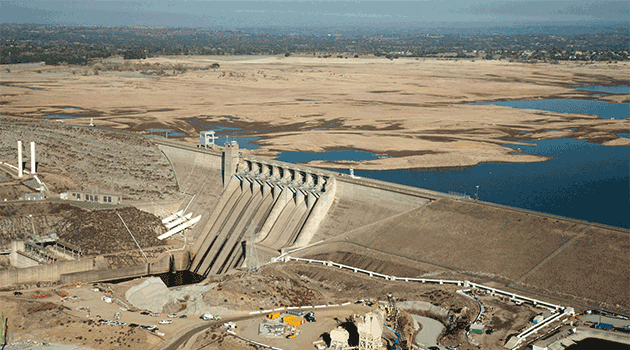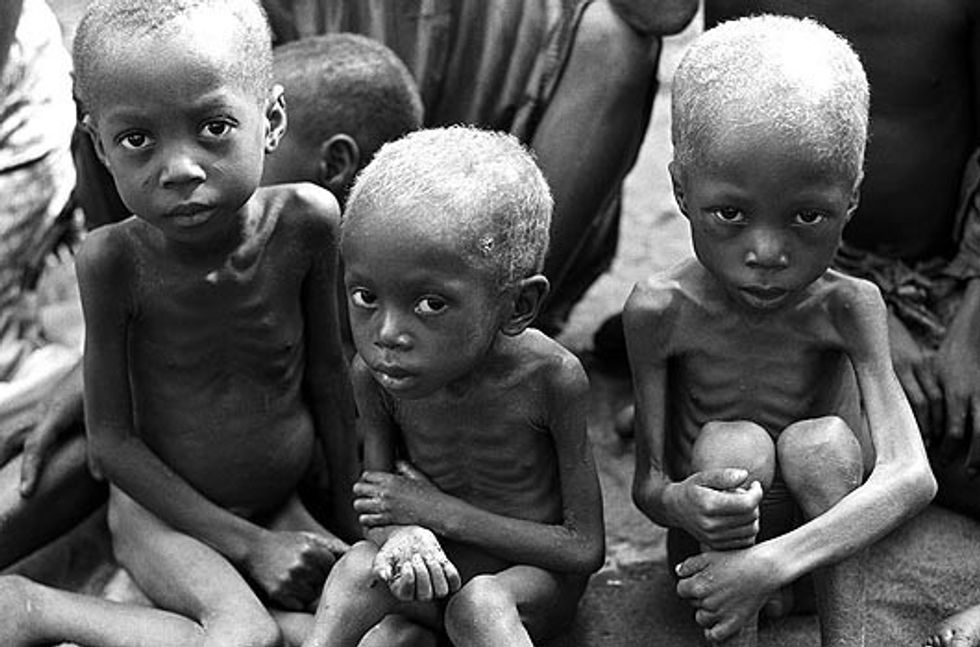There are currently 68.5 million people in the world who have been displaced because of war or racial/religious persecution. This is the highest this number has been since World War II, and as natural resources and access to clean water begin to dwindle, this number is projected to grow significantly. In response to this issue, the West has begun closing its borders in fear of mass migration. This fear is misguided. According to the U.N., most refugees don’t go further than the countries neighboring their homelands. Still, the refugee crisis continues to grow unabated, so much so, that it threatens to be the defining marker of the 21st century. It’s a multifaceted problem that’s very difficult to solve, impossible if the following factors aren’t properly addressed. Here’s a look at the five major contributors to the world refugee crisis.
War

For the past century, the Middle East has been a warzone. Following the events of 9/11 the United States entered the region, getting embroiled in conflicts in both Afghanistan and Iraq. For the Afghans, war was nothing new. The country has been in a perpetual state of violence since the Saur revolution in 1978. After the civil war, the USSR invaded Afghanistan to help keep the the communist PDPA in power. The PDPA’s ideologies didn’t align particularly well with the more religious and rurally-based Afghan population. In true Cold War fashion, the U.S. armed the fundamentalist Mujahideen in their fight against the Soviets. The country has been at war ever since and the fighting has resulted in millions of deaths. As a direct result, Afghanistan has the largest refugee population in all of Asia at 2.6 million people.
Things aren’t much better on the other side of Iran. Following the U.S. invasion of Iraq, the levant became increasingly destabilized, allowing militant groups like ISIS to proliferate throughout the region. This destabilization also poured into Syria, a country already in the midst of civil war that has left over 13 million in need of humanitarian assistance. Other countries currently in the midst of civil wars include Somalia and Yemen, both of which are dealing with an influx of Al Qaeda insurgents.
Religious/Ethnic/Social Persecution

Despite the fact that genocide and crimes against humanity are forbidden by international law, ethnic and religious persecution persists all over the world. For years, the Sudanese government persecuted the Fur, Masalit, and Zaghawa ethnic groups, systematically killing hundreds of thousands and leaving over one million refugees. Myanmar is dealing with a similar issue, in which the Buddhist majority is attempting to push the Muslim majority out of the country by force. Thousands have been killed, and hundreds of thousands of people have poured over the border into Bangladesh and been forced to stay in overcrowded camps.
Water Shortage

As of right now, the two greatest contributors to the refugee crisis are state-sanctioned violence in the form of ethnic persecution and war. 55% of all refugees come from Afghanistan, South Sudan, and Syria. That said, over 1.1 billion people lack access water. Improper sanitation is a problem for 2.4 billion people, exposing them to all kinds of waterborne illnesses. Water scarcity may not play a huge role in today’s refugee crisis, but it will almost certainly play a part in the near future. Scarcity, particularly scarcity of essential resources, breeds conflict and civil strife. While the eventual cause of this future refugee crisis will be either war or some sort of persecution, water will have been the catalyst.
Global Warming
As climate change intensifies, many are predicting that it will increase the size and scope of the refugee crisis significantly. The mediterranean region is currently in the midst of its worst drought in over 900 years. On top of this, if global warming continues at the same rate, more than 1 billion people will be living in places where the average temperature is 102˚F. Combine this with the future natural disasters global warming is nearly guaranteed to cause, and a perfect storm is created, leaving millions with no other option but to leave their homes in search of greener pastures. Hurricane Irma and Harvey were just the beginning. As massive ecological disasters become the norm, large swathes of the planet will become uninhabitable.
Famine

Throughout history, famines have caused mass migration and the levels of famine in South Sudan are currently at an unprecedented level. This past January, nearly half the population didn’t have enough to eat. Nearby, in Somalia, they are suffering from a similar problem. The thing these two countries have in common is that they’re both suffering from droughts, illustrating the ways in which a dwindling water supply can devastate a society’s ability to feed itself. Huge amounts of people in the Horn of Africa, Nigeria, and Yemen are currently starving, and they’ll probably be clamoring to leave their countries before long.
There are many who would argue that humanity has gotten less violent throughout history, but one look at the headlines and it’s easy to prove that this isn’t the case. The difference now is that violence doesn’t typically occur between powerful nation states–that it’s the poorer countries and factions who are left to fight over their limited resources. The death tolls from fighting alone are lower, but regimes are becoming more creative, weaponizing famine and hoarding resources as a means of oppression. These methods have created nearly 70 million refugees so far and when issues like climate change and water shortage come to a head in the next few decades, the refugee crisis is only going to get worse.
Matt Clibanoff is a writer and editor based in New York City who covers music, politics, sports and pop culture. His editorial work can be found in Inked Magazine, Pop Dust, The Liberty Project, and All Things Go. His fiction has been published in Forth Magazine. — Find Matt at his website and on Twitter: @mattclibanoff





